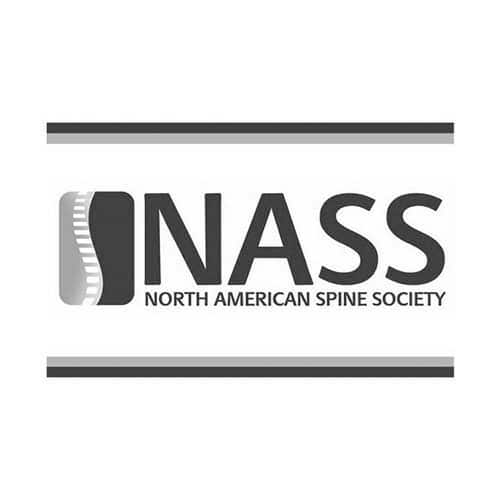Many chronic pain patients dealing with high levels of pain often find themselves considering surgery for pain relief when other options have failed. While surgery can provide some chronic pain patients with pain relief, it does have its risks. At Macomb Pain Management, we are proud to provide our patients with several different treatment options, including minimally invasive treatment options. Let’s take a closer look at some modern pain management treatment options and their benefits to patients considering surgery.
Traditional Surgery for Pain Management
Traditional surgical solutions to pain management often involve large incisions, going under general anesthesia, and long recovery times. While surgical solutions to pain management do provide some patients with effective relief, some risks come with surgery. These include:
- Risk of infections
- Scarring
- Nerve damage
- Surgical complications
- Failure to provide effective pain relief
Surgical solutions to chronic pain are most commonly used for:
- Spinal fusion
- Joint replacement
- Decompression surgeries
Let’s look at the benefits of minimally invasive pain management treatments.
Benefits of Minimally Invasive Treatment for Pain Management
Minimally invasive treatment options for chronic pain have several benefits that make them a good option for those dealing with chronic pain. These include:
- Shorter recovery time
- Less risk of scarring
- Lower risk of complications
- More affordable cost
Since minimally invasive pain management options cause less trauma to the body than surgical incisions, patients have a much shorter recovery time than they would with surgery. Since fewer incisions must be made than in surgery, minimally invasive treatment options also come with less scarring. Minimally invasive treatment options also come with a lower risk of complications and a more affordable cost. If you are considering surgery for your chronic pain, consider a minimally invasive alternative first at Macomb Pain Management.
What Treatment Option is Best for Your Chronic Pain?
To find the most effective treatment option for your chronic pain, a pain management doctor will need to evaluate your pain case on an individualized basis. While minimally invasive pain management treatments can be effective for several causes of pain, they are not ideal for all cases. Chronic pain that is caused by an underlying severe structural problem, like a severely herniated disc or severe joint damage, may not be a good candidate for minimally invasive treatments. Minimally invasive pain management treatments often work best as part of a continued treatment plan, meaning they are not a one-time quick fix for your chronic pain. For patients whose pain can be treated without the use of surgery, and those willing to take an active role in a pain management treatment plan, minimally invasive pain management treatments can be an excellent option.
What Chronic Pain-Causing Conditions Can be Treated With Minimally Invasive Pain Management Options
Minimally invasive pain management treatments work best when the goal is to reduce inflammation, decompress nerves, or disrupt pain signals. These treatments have worked well with patients dealing with pain caused by:
- Sciatica
- Facet joint syndrome
- Sacroiliac (SI) joint dysfunction
- Degenerative disc disease
- Chronic joint pain
To learn more about your options for pain management with minimally invasive treatments, contact Macomb Pain Management today.
Find out if Minimally Invasive Pain Management Treatments are Right for You
To learn more about your minimally invasive pain management treatment options and determine if they are right for your pain, contact Macomb Pain Management today at (248) 844-8281. Our team of board-certified pain management specialists will discuss your options with you and help you discover the ideal treatment for your pain.






